China 'arrests more suspects' over Xinjiang clashes
- Published
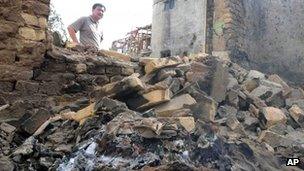
There are differing accounts of what sparked the violence on 23 April
More suspects have been arrested over violent clashes in China's Xinjiang region that killed 21 people, state media report.
Police also found weapons and flags from a separatist group, official reports quoted Deputy Minister of Public Security Meng Hongwei as saying.
Eight suspects were already in custody after the violence on 23 April.
China said it was a planned attack by a "violent terrorist group", but other accounts dispute this.
The BBC team that visited the site of the incident to try and clarify details were taken by police to a government compound and subsequently ordered to leave.
Memorial held
Deputy Minister of Public Security Meng Hongwei told official media in Kashgar that explosives were seized along with flags belonging to the separatist East Turkestan Islamic Movement.
He did not say whether the suspects were ethnic Uighurs or provide details including how many suspects were held or where they were arrested.
Meanwhile, China Central Television on Monday broadcast a memorial service for the 15 police and local officials who were killed in last week's incident.
The government's version is that clashes erupted in a town in Kashgar prefecture after a group of what it called "terrorists" were discovered in a building by officials searching for weapons.
Six of the suspects were killed in the clashes, state media said.
But a group of local people in Selibuya town, where the clashes happened, told the BBC that the violence involved a local family who had a long-standing dispute with officials who had been pressuring the men to shave off their beards and the women to take off their veils.
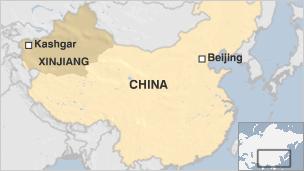
A spokesperson for the World Uighur Congress, an umbrella organisation of Uighur groups, also disputed the government's version, saying the clashes were a result of a government clean-up campaign.
The incident, which correspondents say is the worst violence to erupt in Xinjiang since major riots in 2009, comes amid rumbling ethnic tensions between the Muslim Uighur and Han Chinese communities.
Uighurs make up about 45% of the region's population, but say an influx of Han Chinese residents has marginalised their traditional culture.
In 2009 almost 200 people - mostly Han Chinese - were killed in deadly rioting.
Beijing authorities often blame violent incidents in Xinjiang on Uighur extremists seeking autonomy for the region. Uighur activists, meanwhile, accuse Beijing of over-exaggerating the threat to justify heavy-handed rule.
Verifying reports from Xinjiang is difficult. While foreign journalists are allowed to travel to the region, they frequently face intimidation and harassment when attempting to verify news of ethnic rioting or organised violence against government authorities.
- Published26 April 2013
- Published24 May 2022
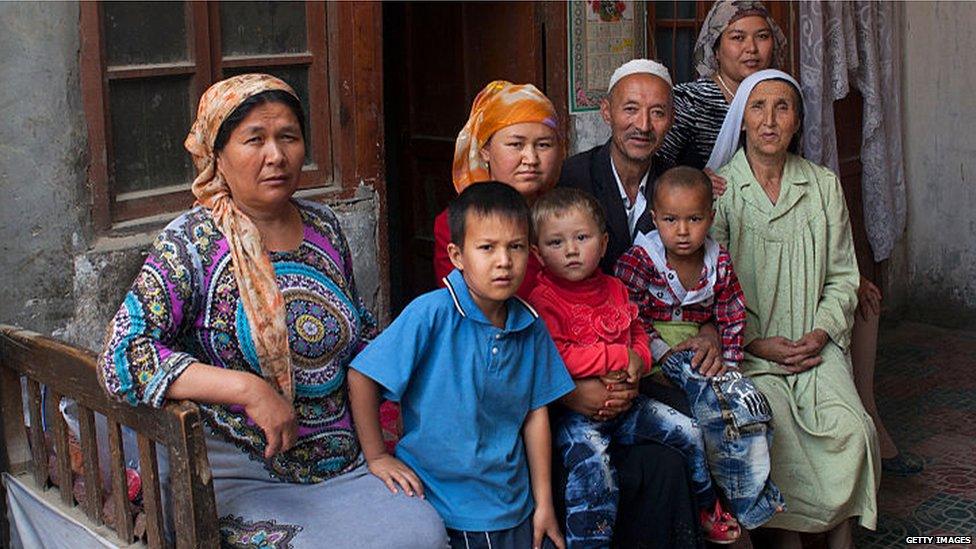
- Published16 August 2012
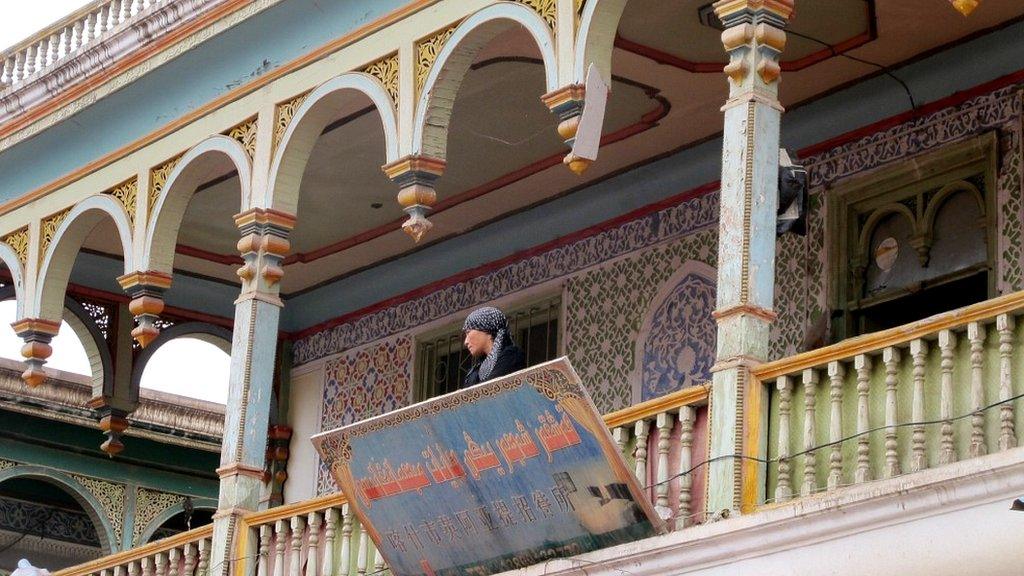
- Published25 August 2023
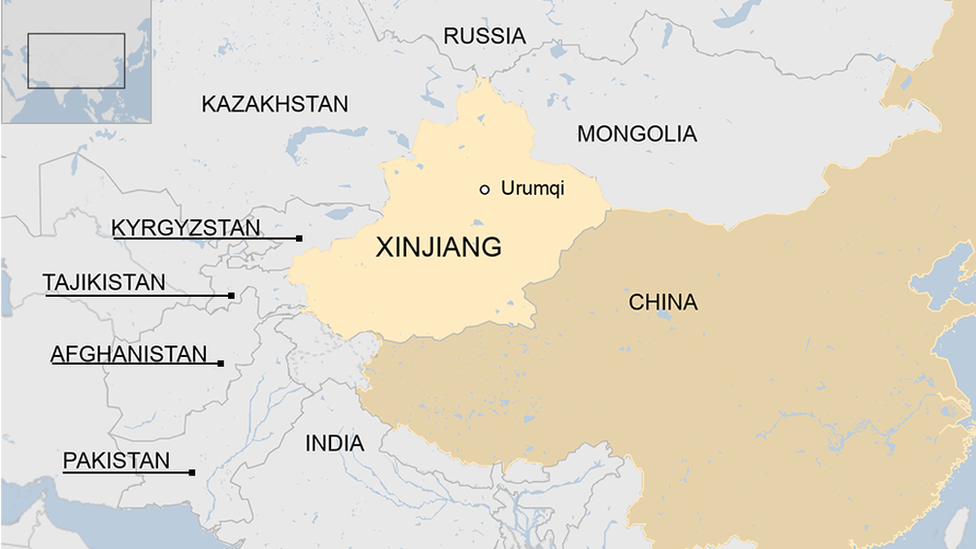
- Published27 March 2013
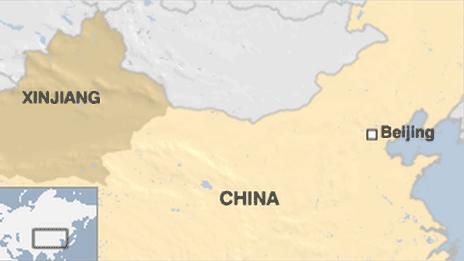
- Published2 August 2012

- Published8 March 2013
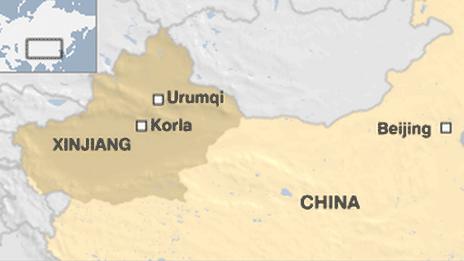
- Published11 December 2012
